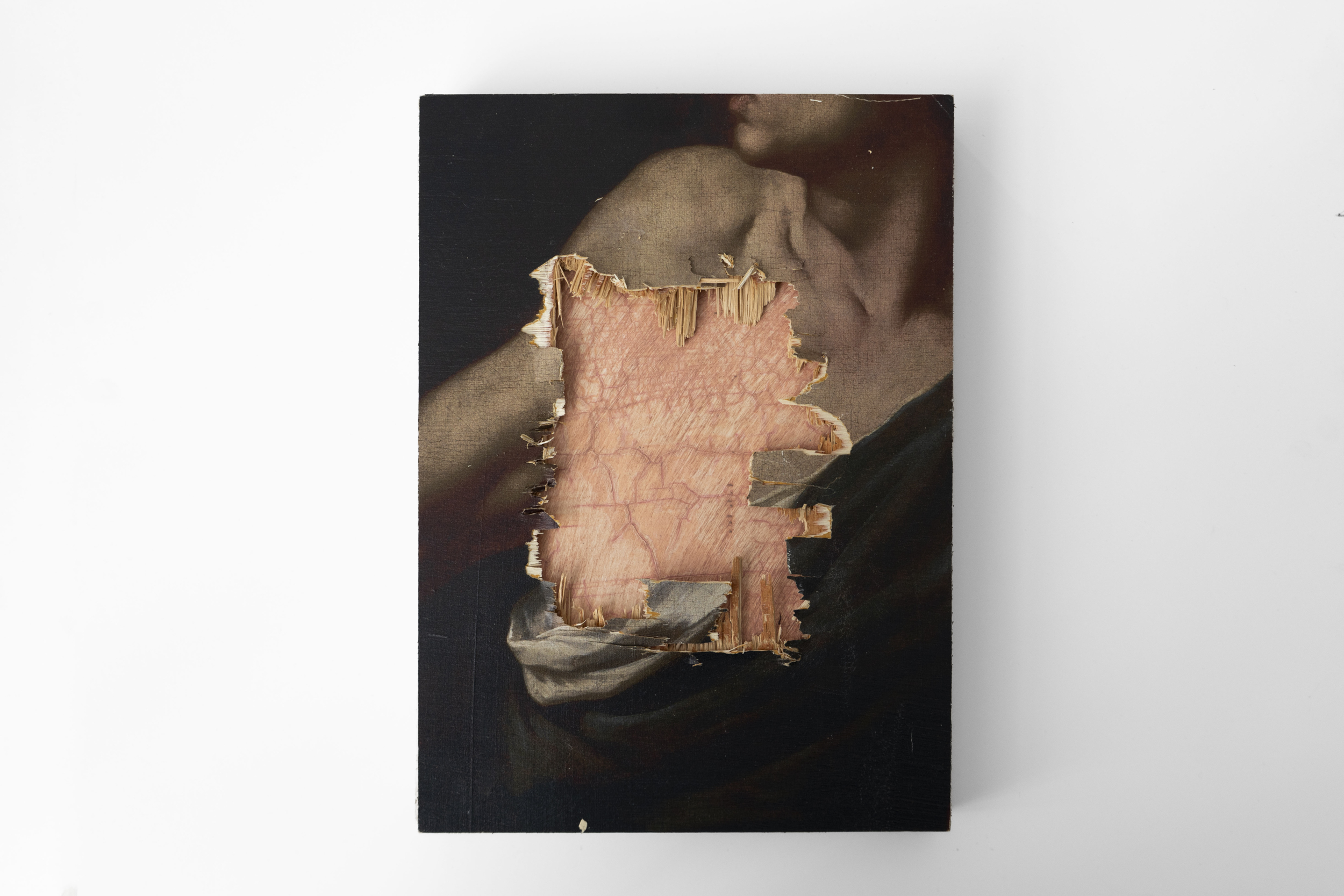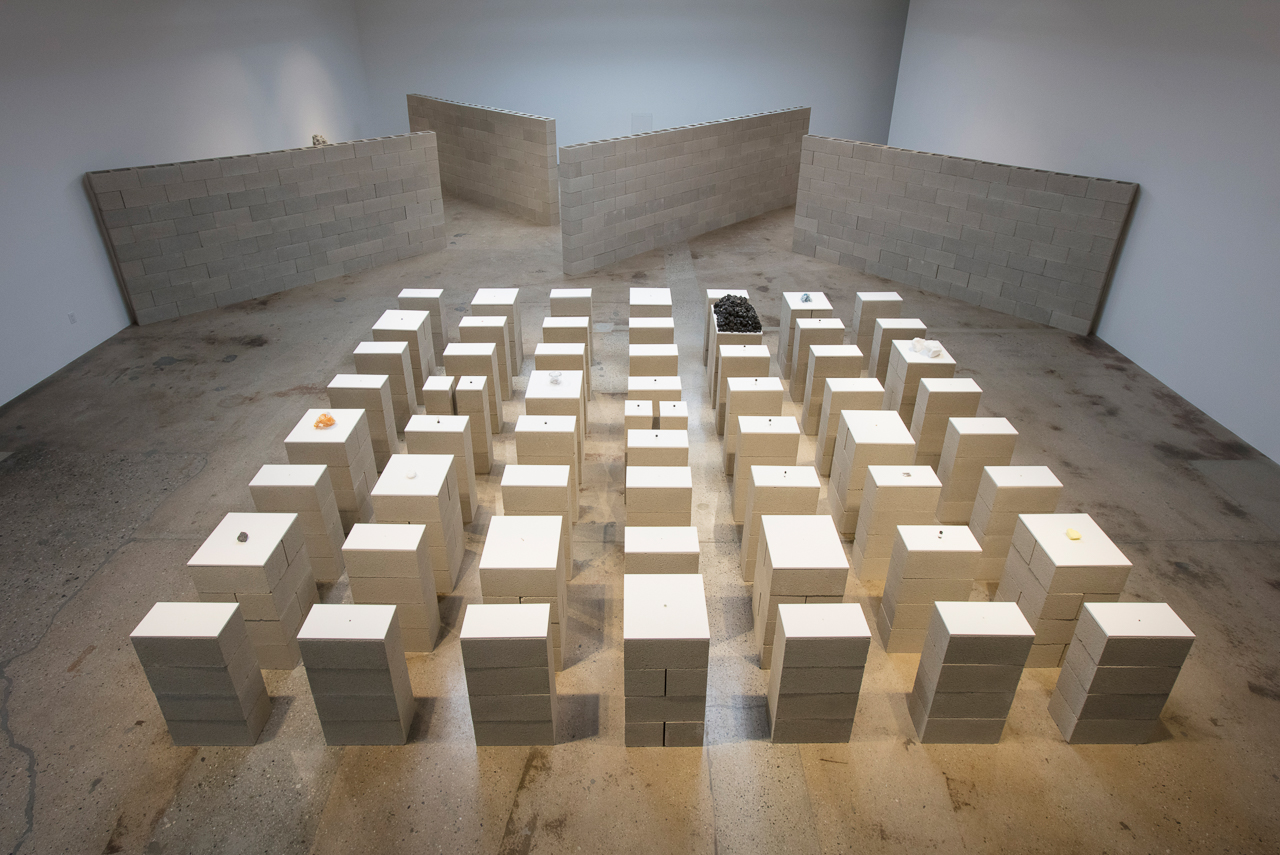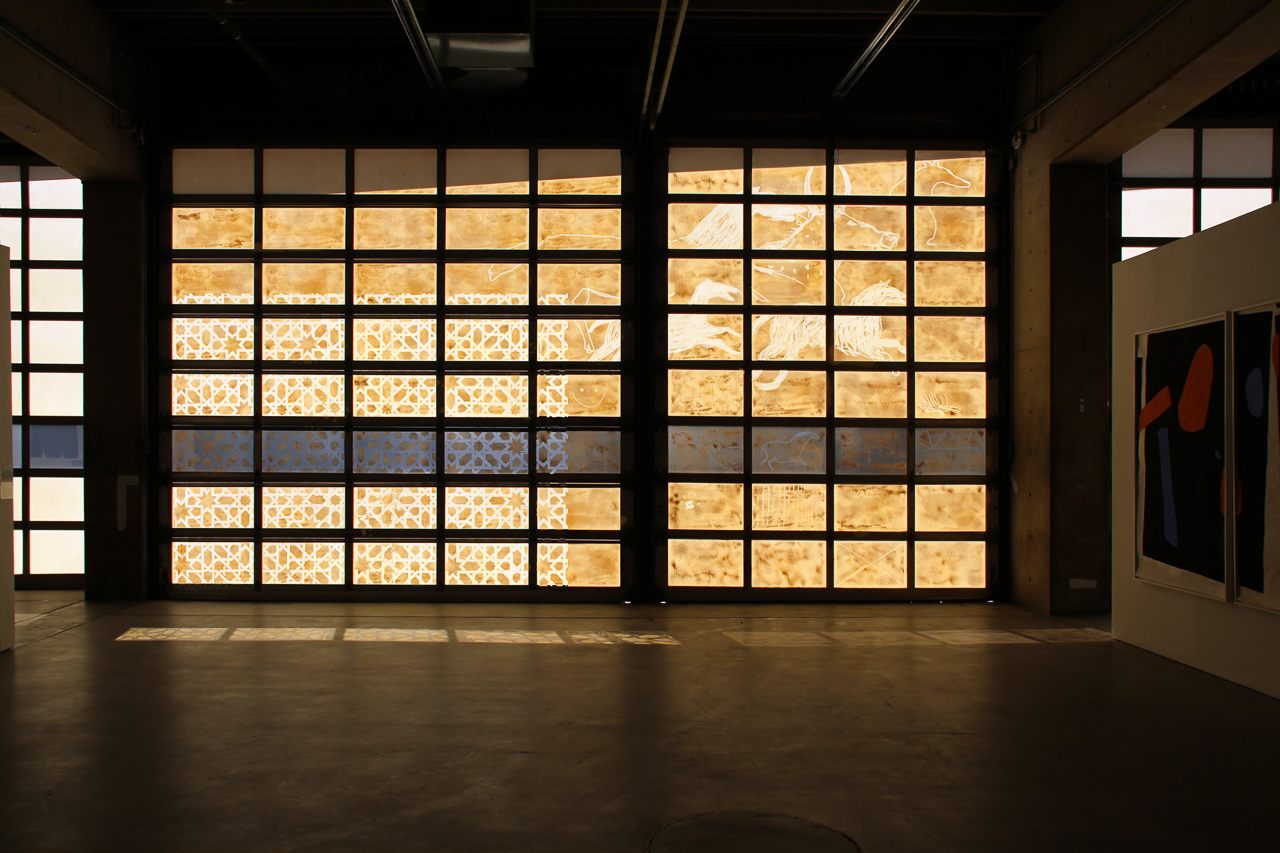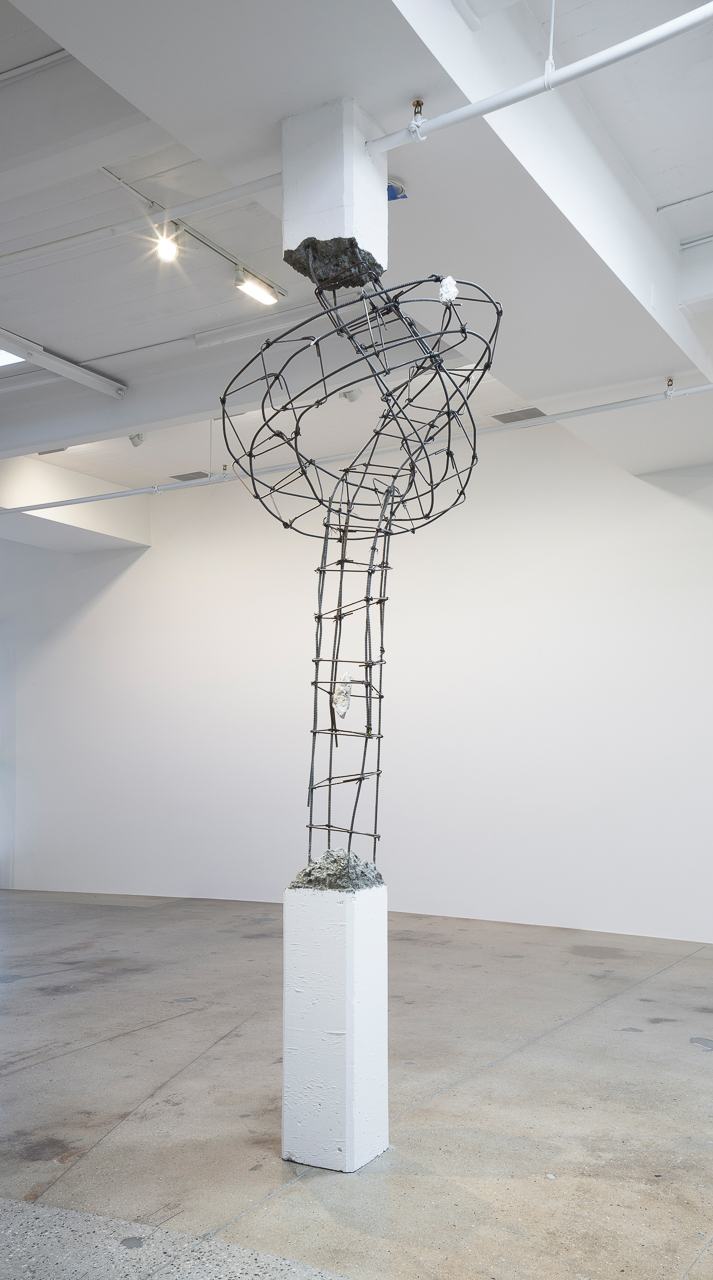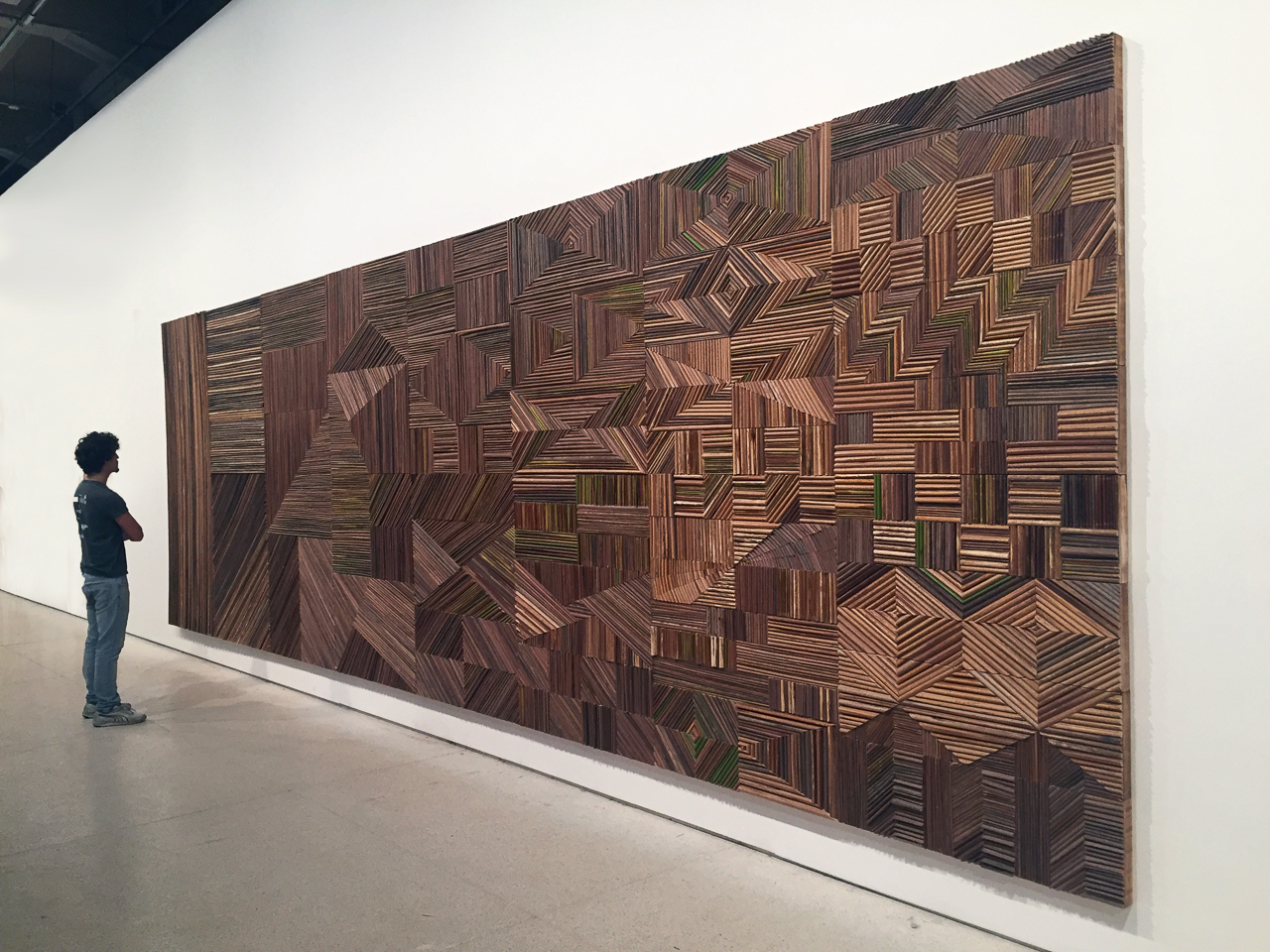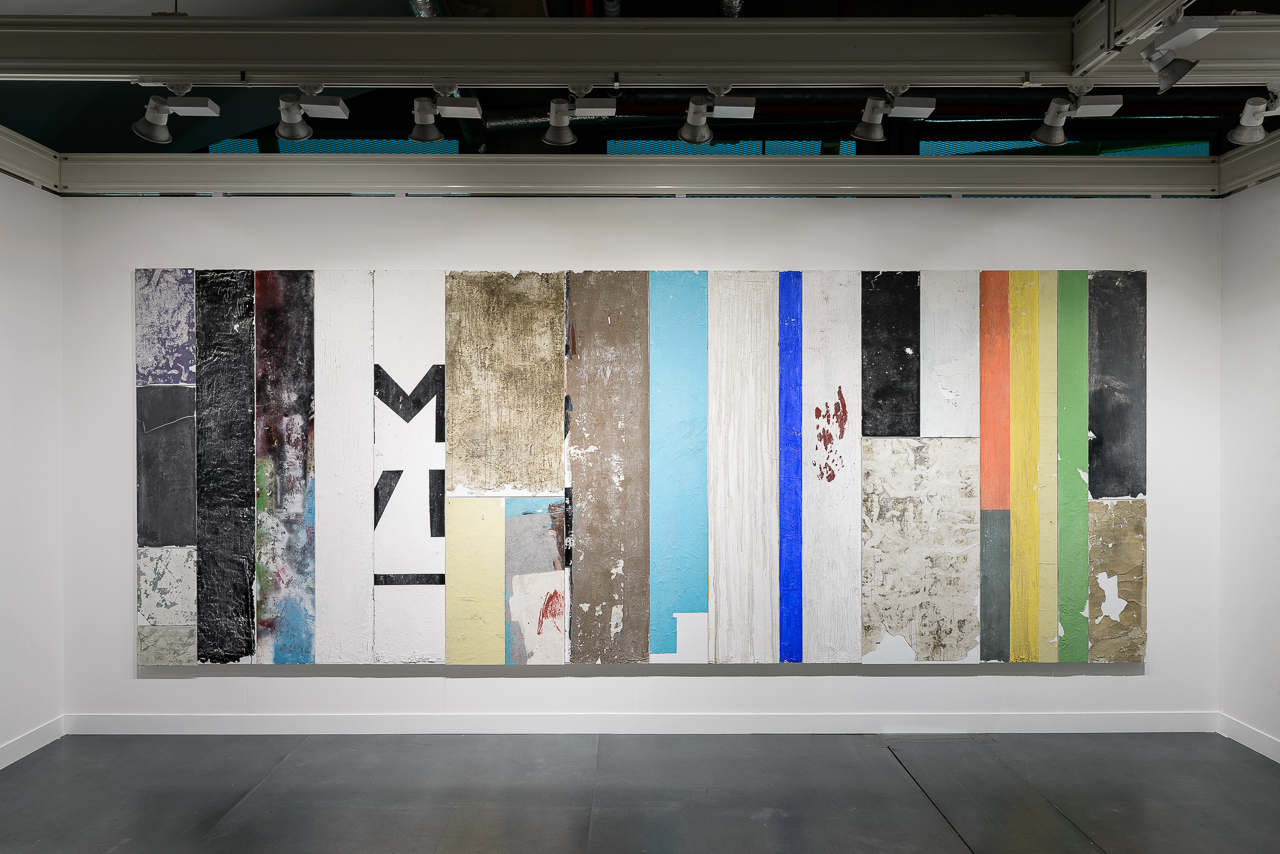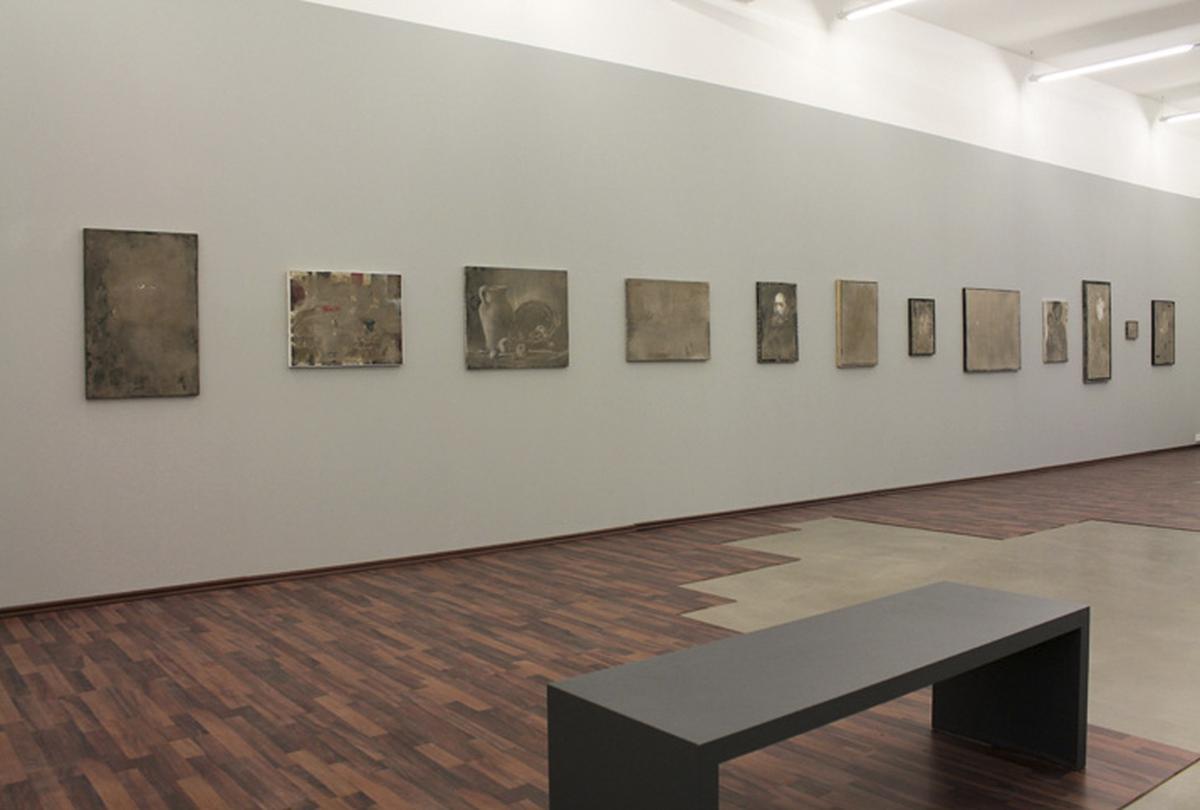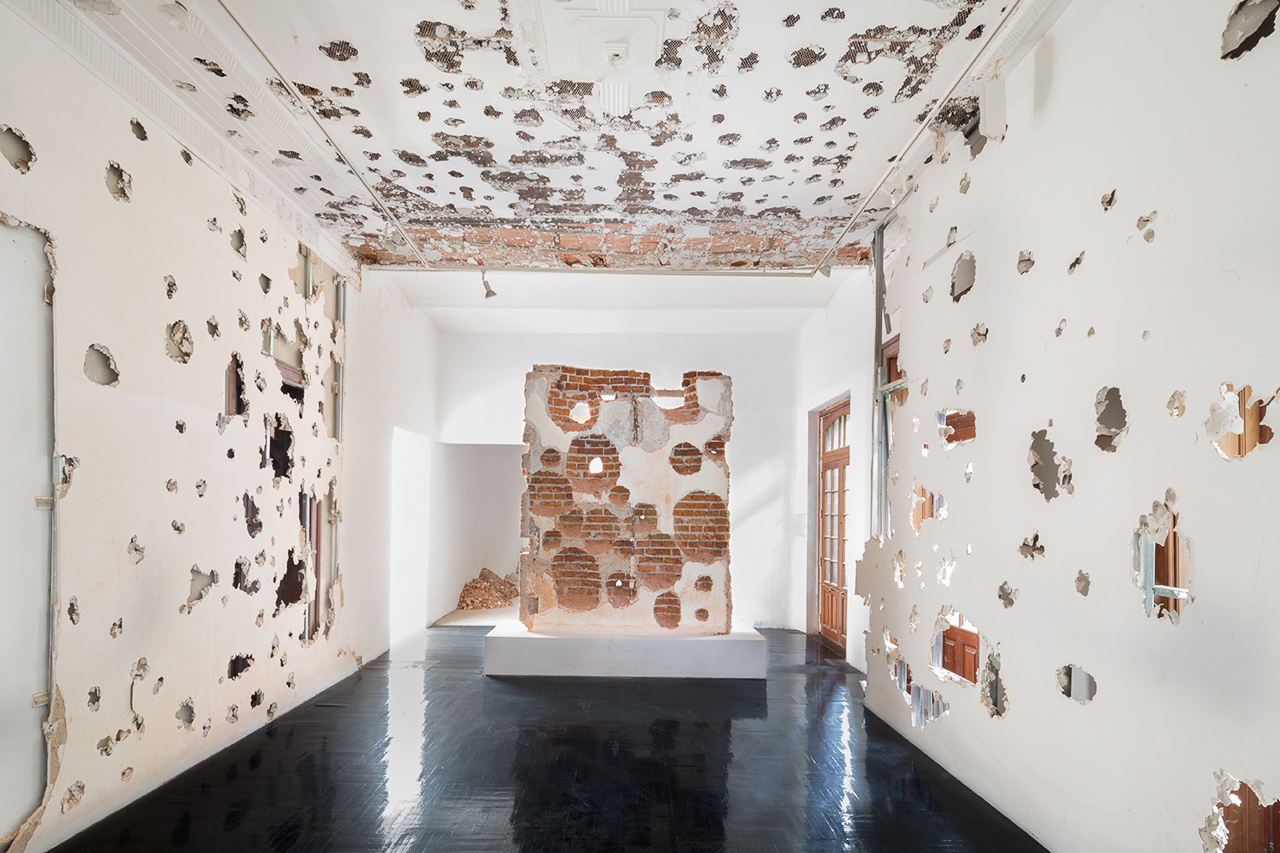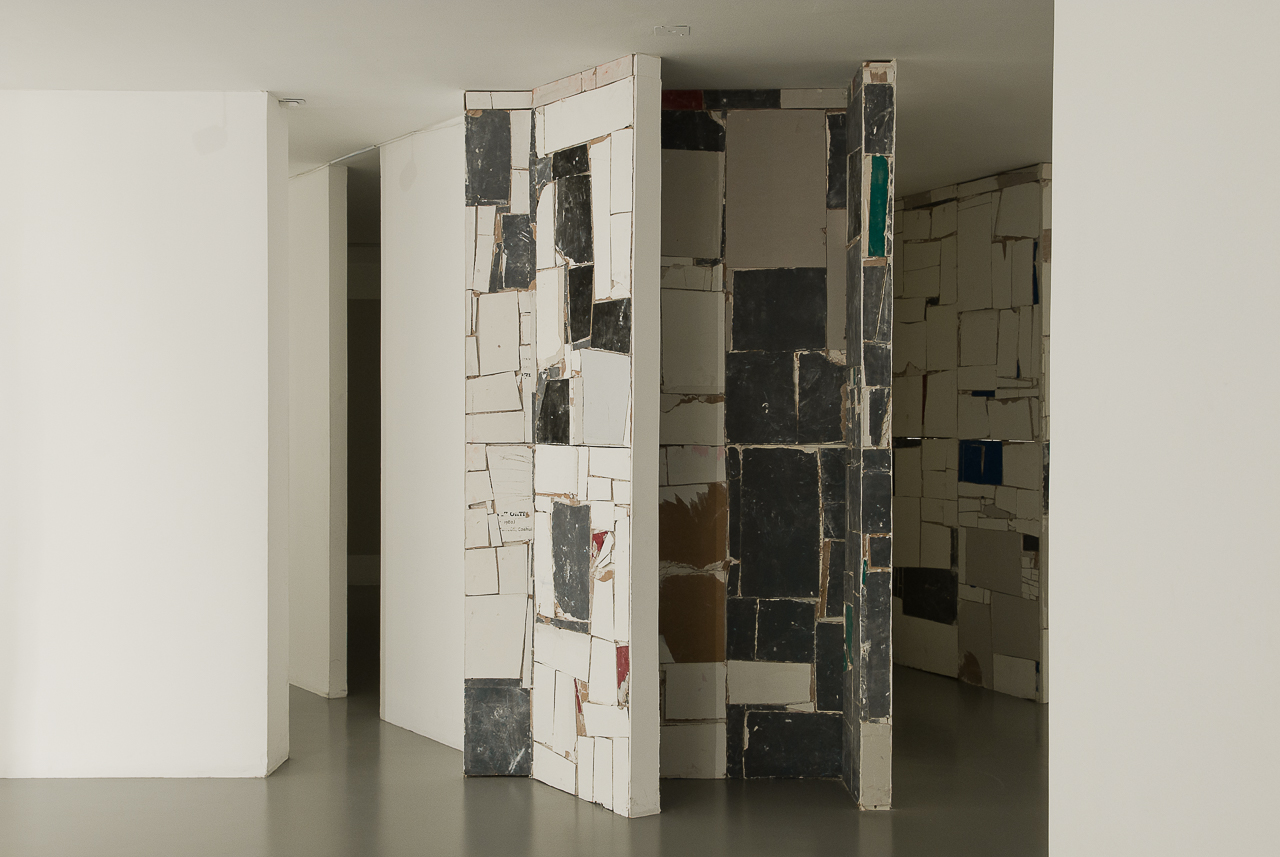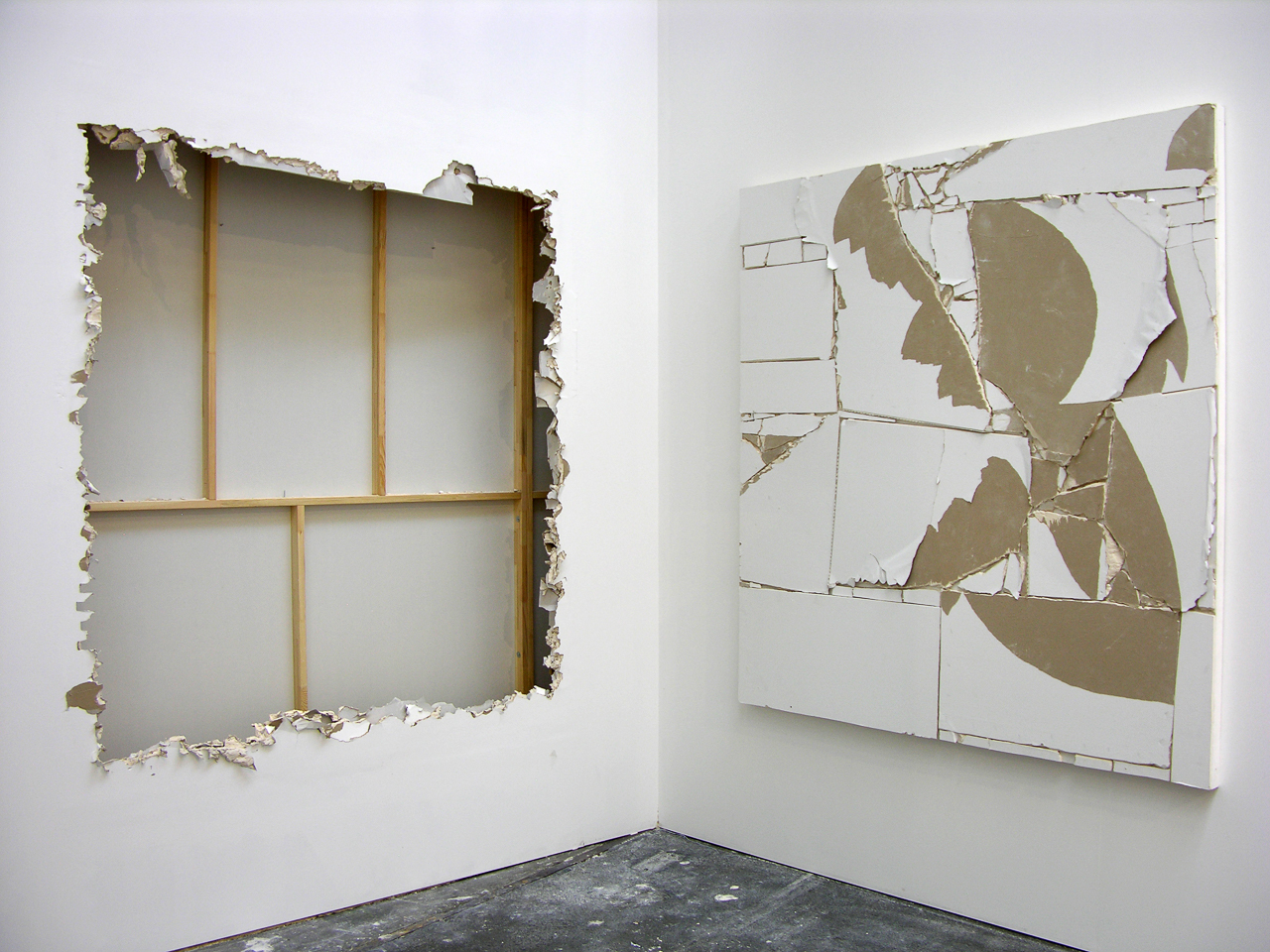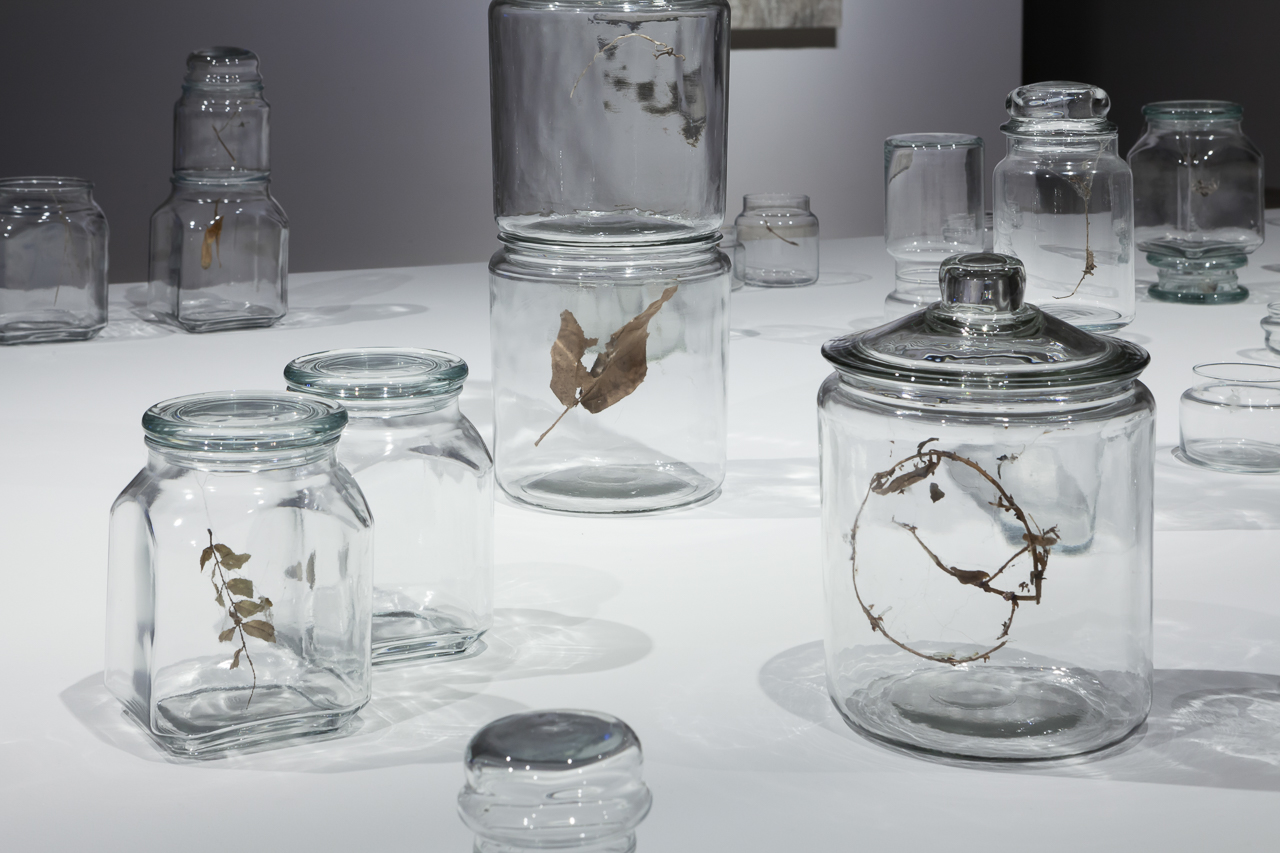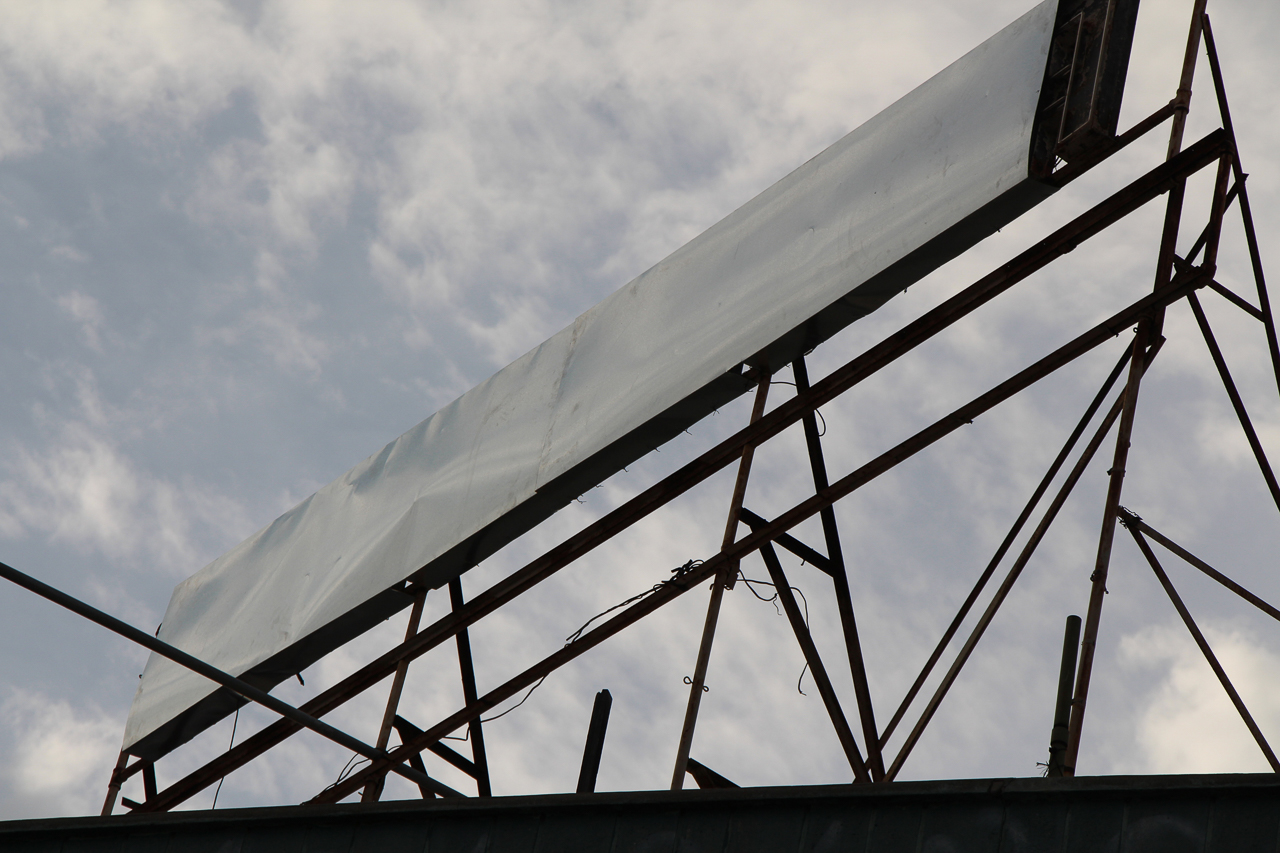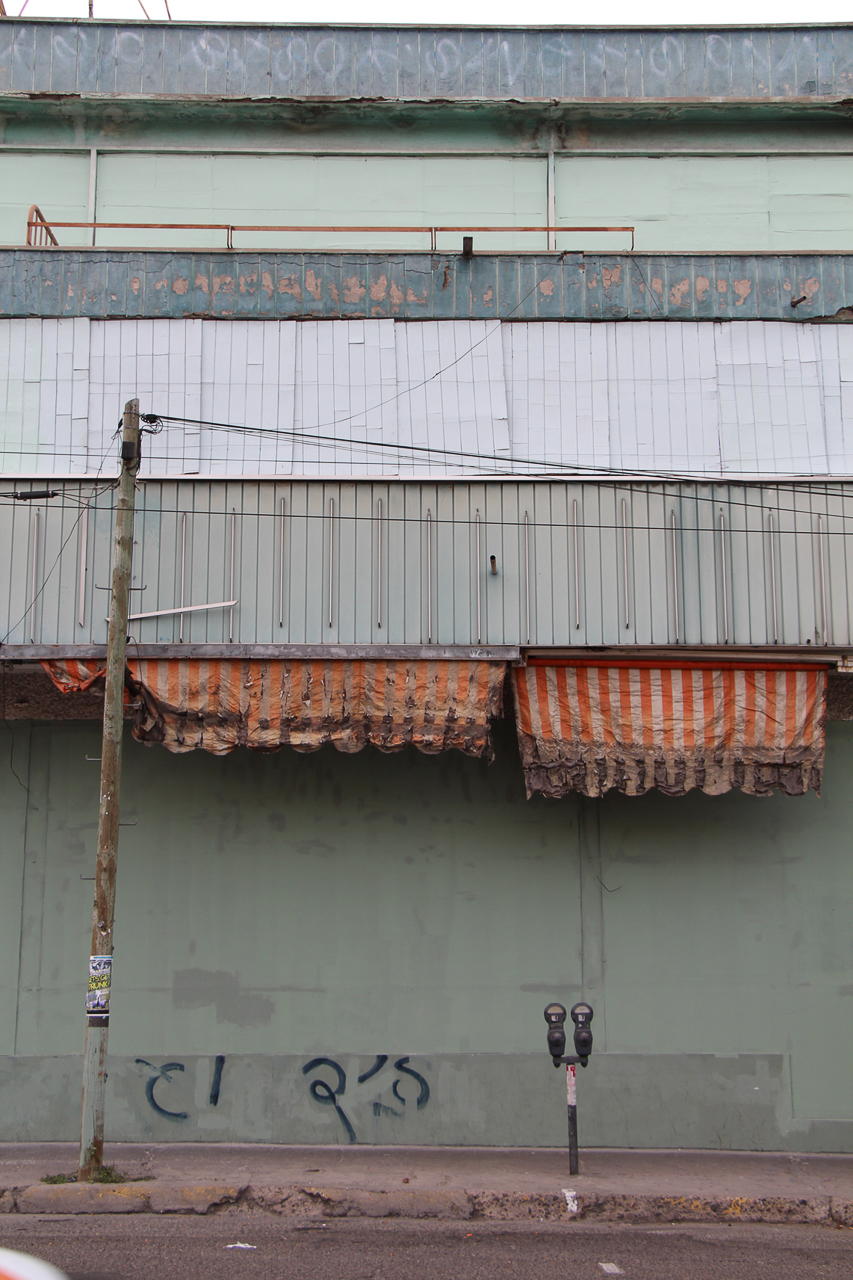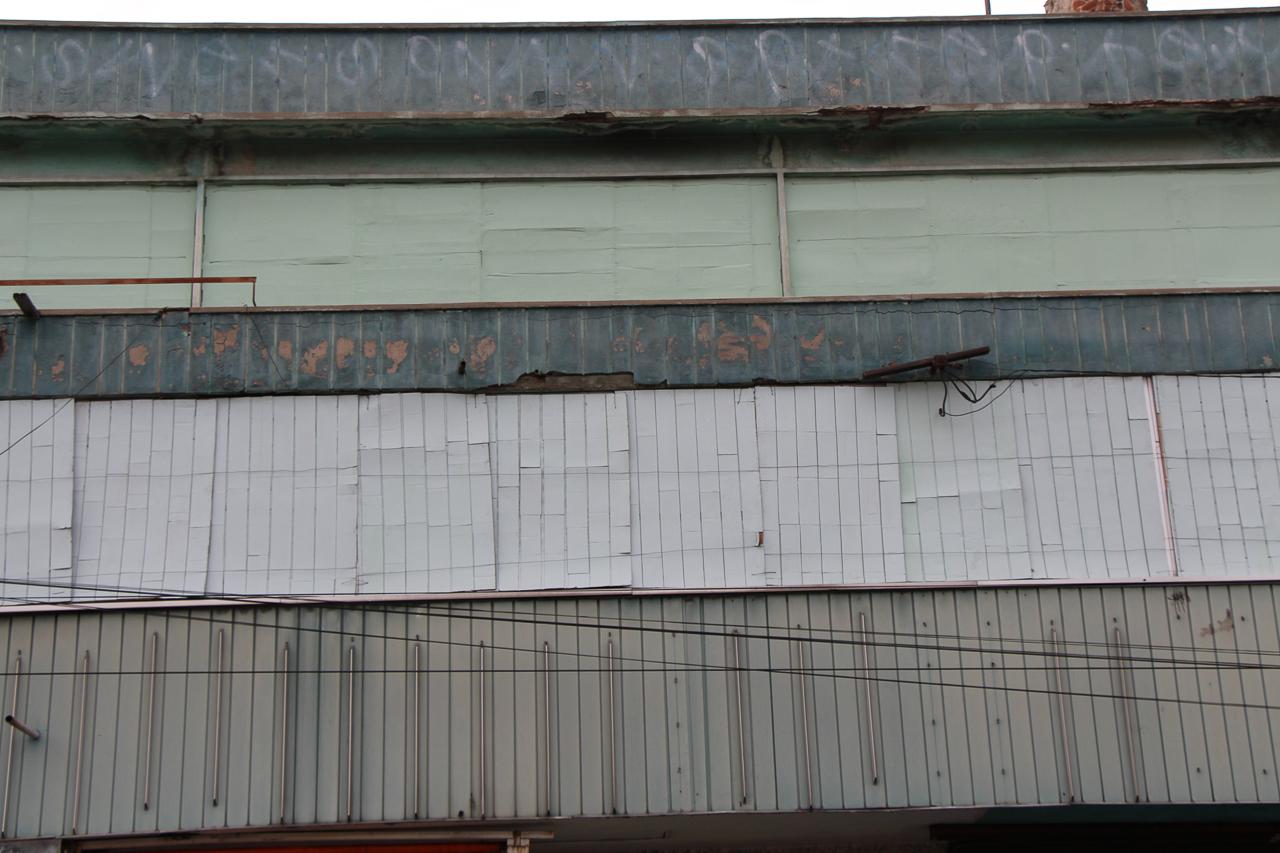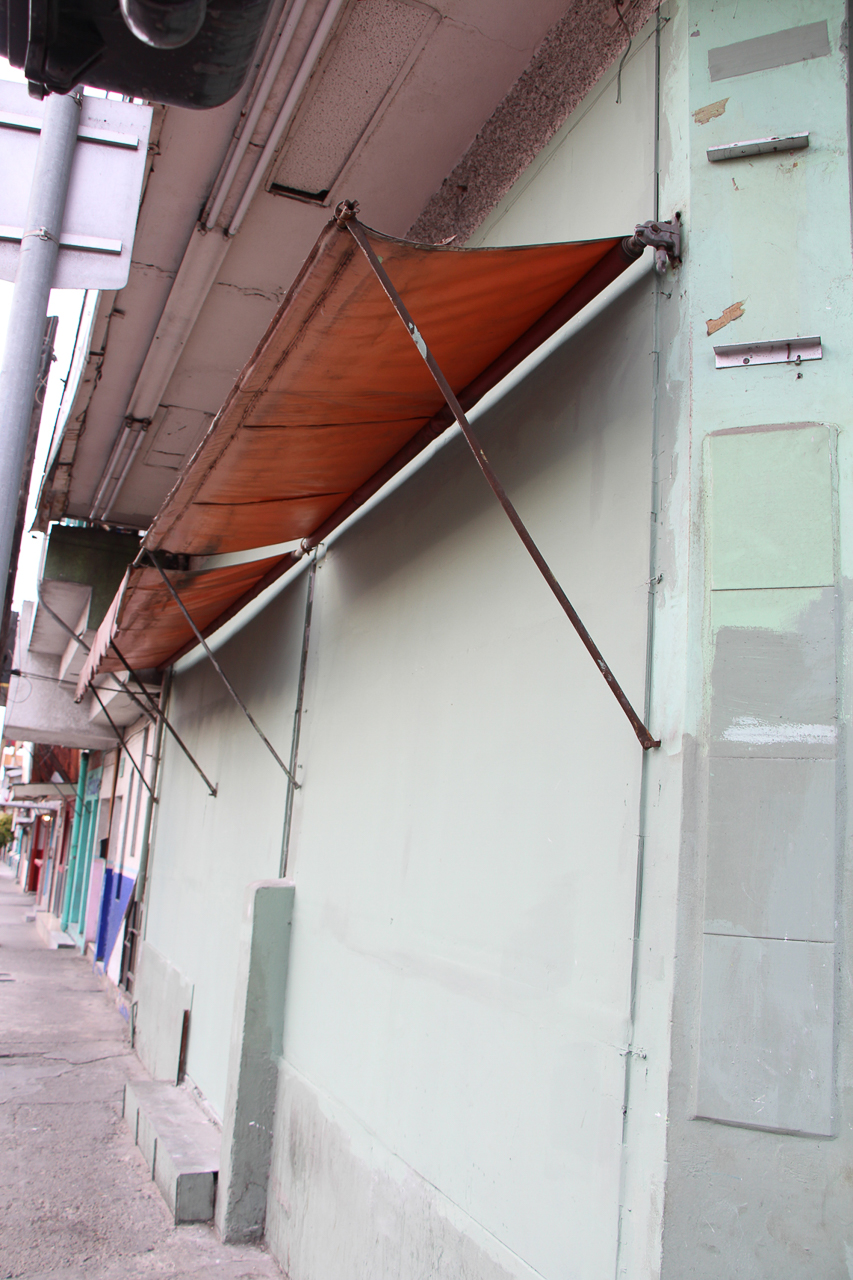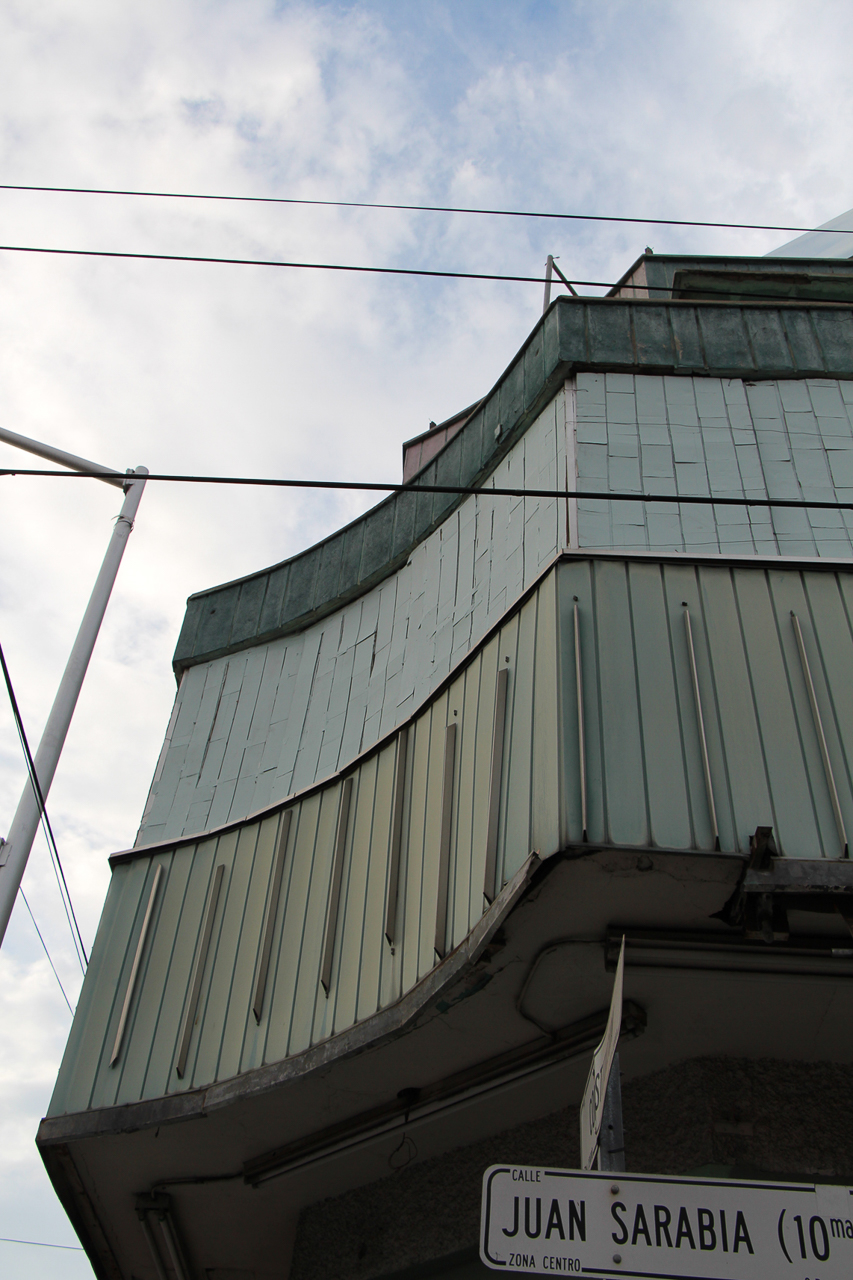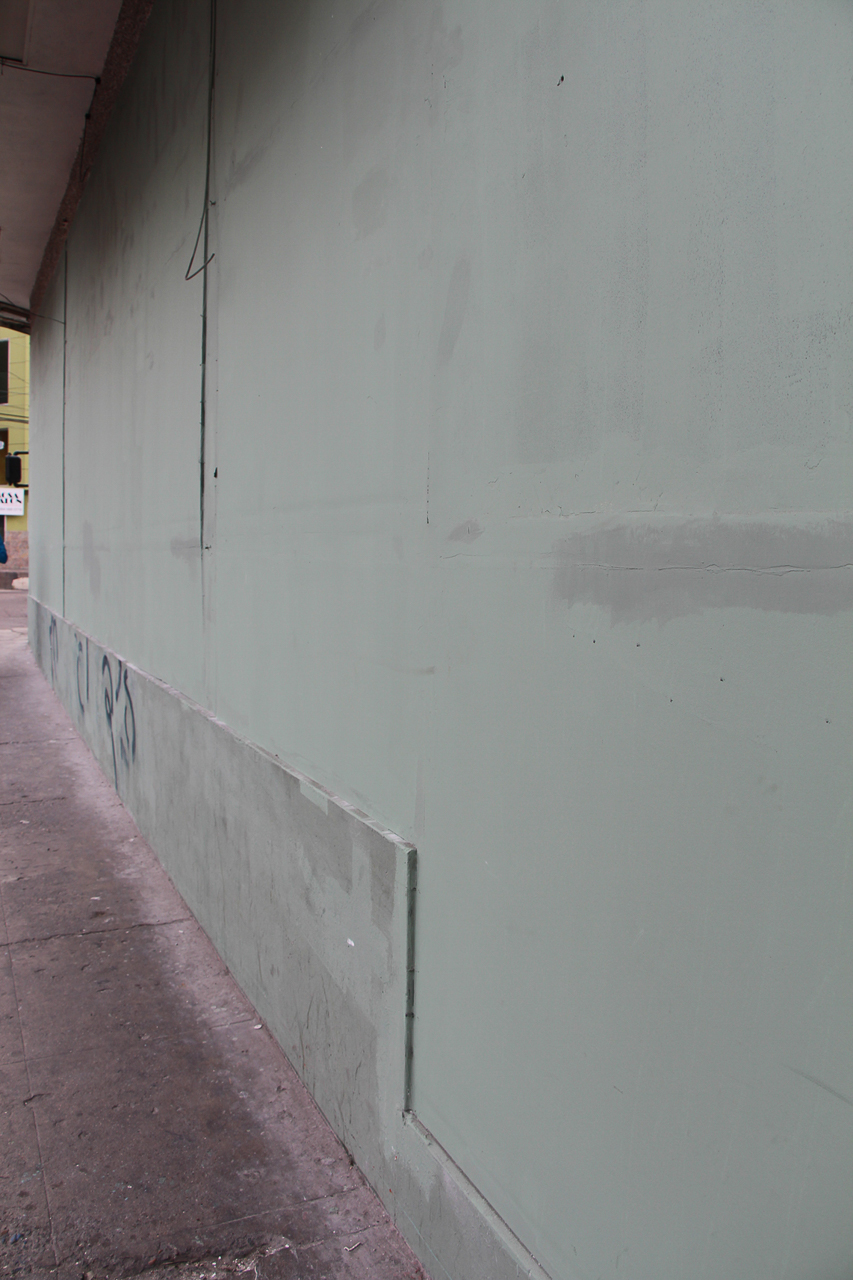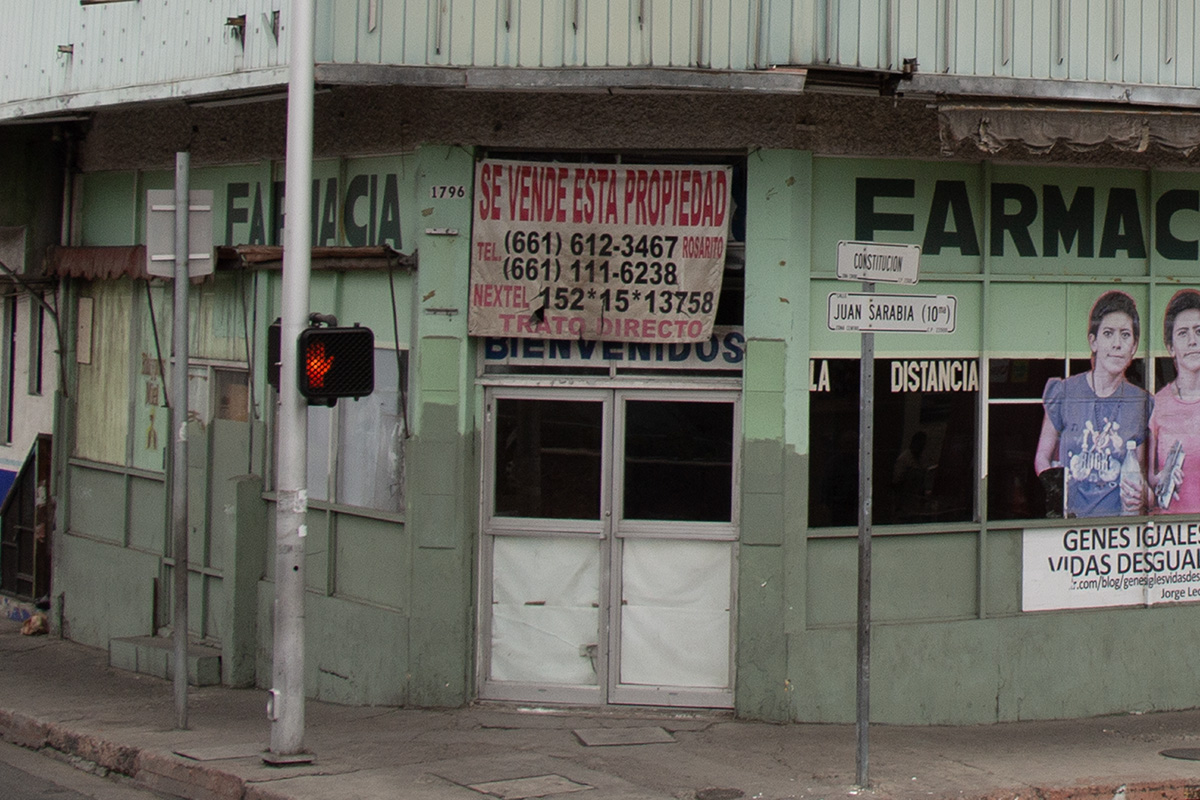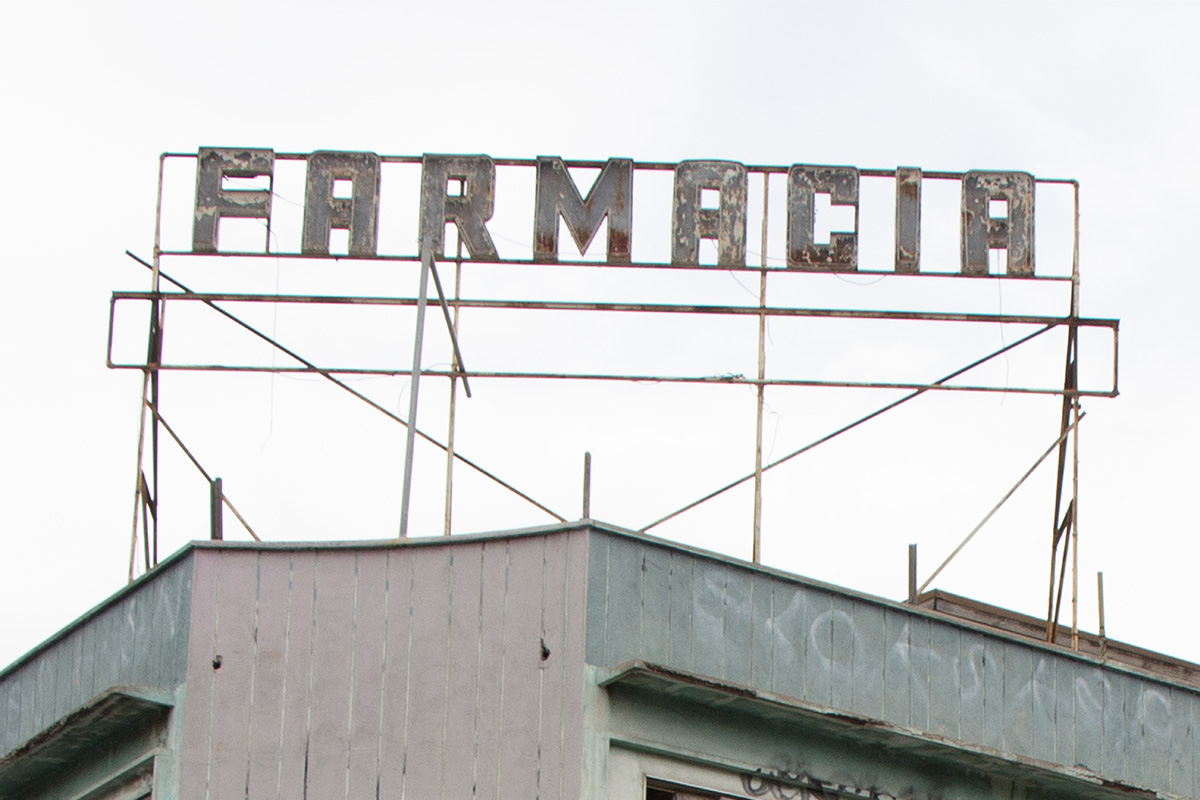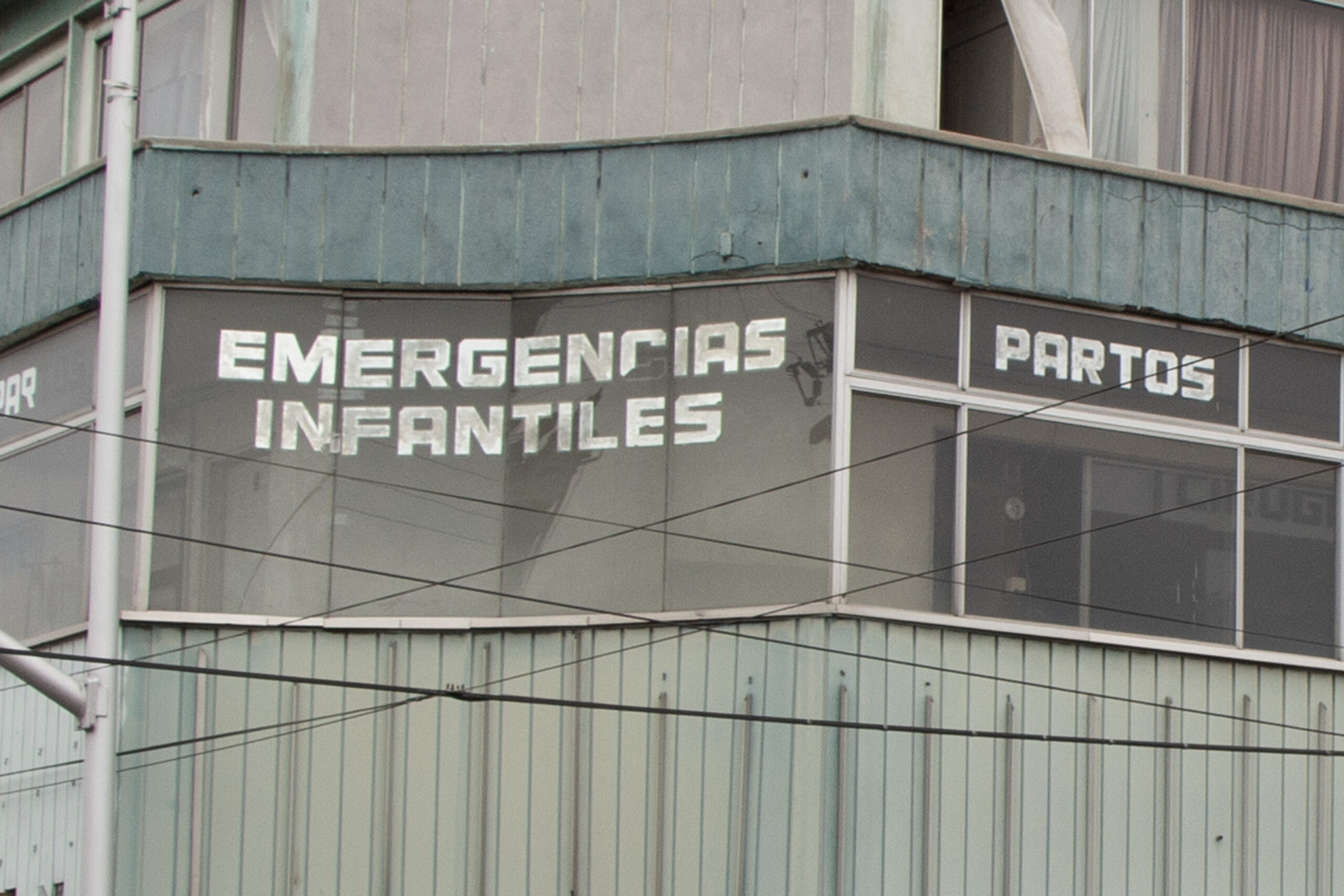Anulación
After the Micro migration phenomena that occurred in Tijuana due to an increase on violence, a large number of abandoned constructions where left in the city.
All the accesses of one of the many semi-abandoned buildings, where covered using construction materials, transforming the volume of this edification into a sculpture, an antimonument that addresses the city’s situation.
Materials
Construction materials and Building.
date
2012-2013
Exhibitions
⎖Site -specific
Juan Sarabia Street, Tijuana
⎖Steve Turner LA (IN collaboration with:
⎖Art baja tijuana ⎖Agentes arte contemporaneo ⎖Bancomer -MACG Grant)
Collaborators
⎖Steve Turner, Curator
⎖ILLYA HARO, Facilitator
⎖Montse Leon, Facilitator
⎖Catalina Lozano, curator
Texts
⎖Catalina Lozano
⎖Sebastian Cordova,
⎖Liz Yisun Kwon
publications
⎖La Voluntad de la Piedra
Ed. by Fundacion Bancomer
⎖Art and Space BOB Magazine #127
Texts
Ghost pavillion ed. by Ediciones Popolet
Excerpt
04.02.2015– All buildings are filled with ghost stories: presences, expressions and
symbols that haunt them to this day…
05.10.2012— … space and its uses tell us a lot about the people and the situations
that take place within it. To study its surfaces is to study the people who inhabit or inhabited them. To talk about the building and its history implies talking about the building of History itself.
01.11.2012—…these objects become a medium that invites for research; they form a
history, a map, and a human file of our relationship with our surroundings.
15.05.2013— The history of this building:
- A drugstore, built from scratch by a diligent man who designed and supervised the construction on his own. It is now semi-abandoned and waiting to be sold.
- The fact that it is a drugstore tells us a lot about Tijuana, a city known for its floating community, built upon national migrants and tourism that arrived every weekend, searching for sex and drugs, since around the 1920’s. As a result, huge drugstores spread all around the city.
3. – Its owner built it himself. This kind of vernacular construction is very
common in these areas. The building kept growing from the ground up. At the beginning it was only the drugstore, but it expanded to include a clinic, a dentist, some apartments for the family, and even a crematorium.
4. – It is semi-abandoned. Over the past years, the city has experienced a micro-migration towards northern and central parts of the country due to rising violence. Half of the city was left abandoned and many empty buildings with covered windows and doors spread around the city.
06.05. 2013 – Since a building’s form is defined in relation to the actions that take place
inside of it (especially if we are talking about a do-it-yourself building,
which summarizes the life span of a family), what happens to a building
once it loses its function? Does it shift into something different when it is inactive, entropic?
It becomes a marker, a monument in disguise within the city’s structure. An unwanted monument that commemorates, in contrast to the effigies that remind us of victories, these anonymous figures who depict a social state camouflaged within an urban settlement.
05.10.2012— 1. Confronted by these structures we are the fragile, passing element.
2. Historical objects (those that have a direct impact on history as
discipline) do not possess a fixed meaning or a linear story. They tend to
“move”, becoming even more complex, and overlapping in a sort of
“impure time” that unites individual and collective memory processes.
23.05.2012 – … an historical portrait.
15.05.2013— Anulación. Abolition. Deletion. Negation. Cover every part of its
functional elements with diverse construction supplements. It will become
a sculptural mass, deprived of function but not of historical context. It
will stop working as a building.
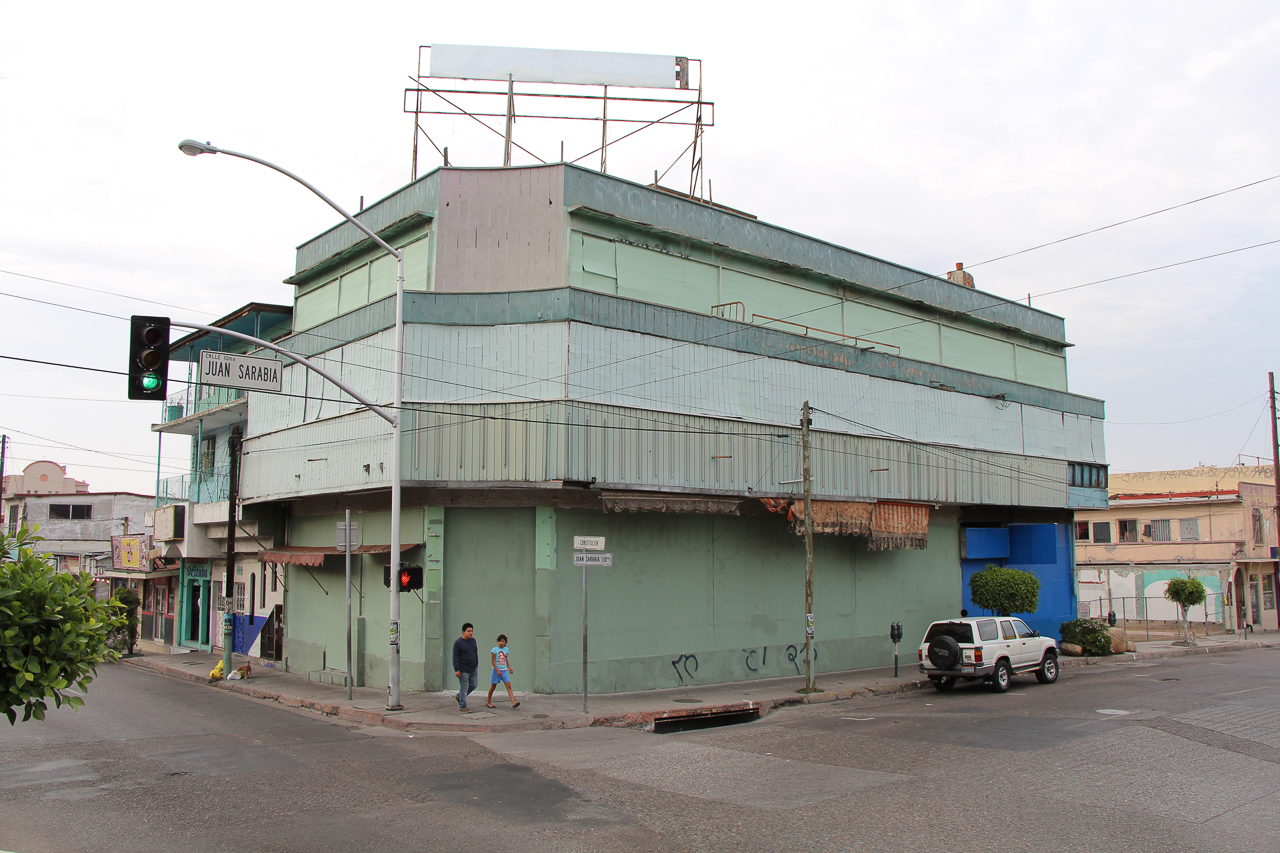
pablo rasgado, Anulación, 2012-2013. Construction materials and Building, 300 m². Juan Sarabia Street, Tijuana.
projects
